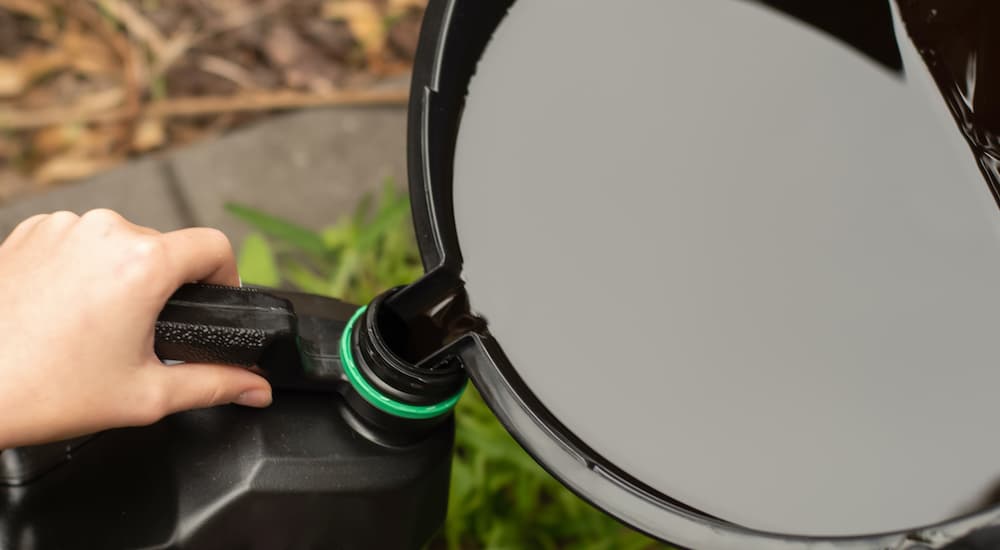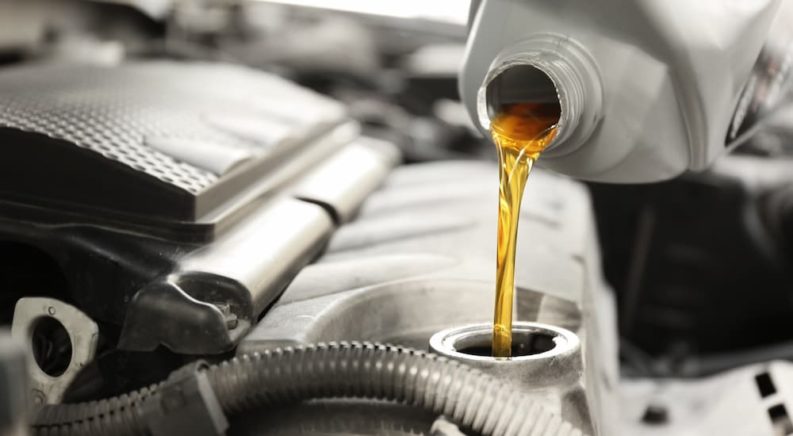If you’ve recently purchased a 2022 Honda Civic, congratulations. You’ve taken a significant step by acquiring a fine-tuned piece of engineering. Vehicle ownership is much more than simply acquiring a consumer good. It’s making an investment, and as such, it’s essential that you recoup a substantial return. One of the best ways you can do this is by adhering to the necessary service required to keep your Civic on the road and running like a well-oiled machine. Speaking of which, that’s the reason for this brief guide. A lot of repairs to your Civic will require the expertise of a skilled technician, but there are plenty of things that can be done on your end to ensure your Civic’s longevity. Most importantly, the replacement of the oil in your engine. This is an essential Honda service.
It All Begins With Oil
The most fundamental of all maintenance items for any vehicle is the routine oil change. While you might already be familiar with the importance of oil and its crucial function in allowing your engine to work correctly, we’ll take a brief moment to go over its purpose.
Beneath the hood of your Civic is an engine composed of many moving parts that work with one another to propel your car forward. As you learned in science class, this produces friction, and friction generates a large amount of heat. The oil keeps these parts properly lubricated to run smoothly and efficiently. Using synthetic oil can effectively remove the deposits that build up over time. Changing the oil in your Civic at the necessary intervals is the first step in keeping it on the road.
How often you change the oil in your vehicle typically depends upon how much you drive and what type of oil you use. Honda recommends using Honda Genuine Motor Oil or 0W-20 synthetic motor oil with an API Certification Seal on the container. If you’re using one of these oils, your oil changes will be less frequent and should occur at intervals of roughly 7,500 to 10,000 miles.
Keep Your Eyes on the Prize
The first step to ensuring the oil in your Civic is working correctly is to check it periodically. This can be done at weekly or monthly intervals or even after you take your car to the pump to fill up. Checking the oil in your Civic is a relatively straightforward process that can be performed by just about anyone. After turning your Civic’s engine off, wait approximately three minutes before popping the hood. Remove the dipstick from your engine block, wipe the oil off, insert it, and remove it again. A brief examination will let you know if it’s necessary to add more oil. If more oil is required, remove the engine oil fill cap and carefully add oil. It’s advisable to use a funnel to avoid spills. Regularly checking your oil level is the first preventative measure to avoid future engine issues.

Changing the Oil
Before we go any further, we should stress an important factor in changing your oil. While this article is meant to teach you the benefits of performing a DIY oil change, you shouldn’t feel obligated to do so if you’re uncomfortable with the idea. If you’re uneasy about getting underneath your Civic or don’t want to run the risk of getting messy, your local Honda dealer will perform the task for you.
The first step is appropriately securing the car with ramps or jack stands. Next, you’ll need to remove the protective plate from underneath your Civic. This will allow you to access the oil pan. Before you remove the pan, you might want to consider putting on some protective clothing or an old shirt that you don’t mind getting messy. You’ll also need a container to collect the old oil in.
Next, carefully remove the protective plate with a screwdriver. Before you remove the plate, ensure you have all the screws safely placed somewhere so they’re not lost. Now you’re ready to remove the plate. Put it in a place where it can be easily found when you’ve completed the oil change.
Next, you’ll want to place a large enough container to collect the oil underneath the oil pan. Make sure it’s large enough to accommodate the oil without overflowing and can be properly handled once it’s full. Once the container is in the proper place, you’ll need to remove the drain plug. This consists of a bolt and washer. Once removed, the oil will begin to drain out in a continuous stream. When the oil has slowed down to a trickle, carefully remove the old oil filter. You’ll have some oil pour out once it’s removed, so be prepared.
Once the filter has been removed and the excess oil has finished draining, wipe down any residual oil that might have spilled on the engine. Place a slight amount of fresh engine oil on the gasket, and install the new filter. Next, install the drain plug bolt and torque it to 30 lb-ft, but be sure to use a new washer. You can now refill the engine with fresh oil. A 2022 Civic with the 1.5L engine requires 3.7 quarts, whereas the 2.0L engine takes 4.4 quarts.
Reattach the oil cap and start your engine. Let the engine run for a few minutes and ensure that there’s no oil leaking from the bolt or filter. Once you’ve determined that there’s no leak, you can turn your engine off and reattach the protective plate you previously removed. After waiting for a short time, check the oil with the dipstick. If you’re short for whatever reason, simply add more oil. You can now return your Civic to ground level. Congratulations! You’ve completed your first successful oil change for your 2022 Honda Civic.
Cleaning Up and Properly Disposing of Your Used Oil
Like any project you’ve undertaken, there’s some cleaning up to do afterward. If you’ve spilled a few drops of oil, cleaning it up is relatively simple. However, there’s a more pressing issue at hand that needs immediate attention—the oil that’s been drained. Oil needs to be disposed of properly and can’t be simply thrown out. One of the best options that are environmentally sound is recycling your used oil.
To demonstrate just how toxic used oil can be for the environment, it’s been concluded that improper disposal of the oil from one oil change can possibly lead to the contamination of one million gallons of water. This is because oil sticks to anything, and when it’s blended with water, it becomes incredibly toxic and harmful to the environment. If you’re curious about where you should take it, reach out to your local auto parts stores such as Pep Boys or AutoZone. Many facilities accept used oil for proper recycling. If you can’t get to a location right away, keep your oil properly stored in an area that’s both cool and dry. Label it properly so people know not to tamper with it.

Taking the First Step
When you change the oil in your 2022 Honda Civic at specific intervals, you’re taking the first step in keeping it on the road and running well. While some procedures are always best left to professionals, this is one preventative measure you can take from the comfort of your own garage or driveway.

